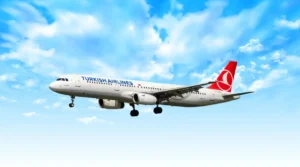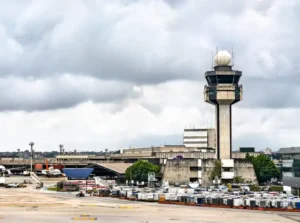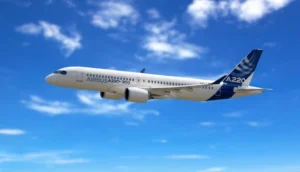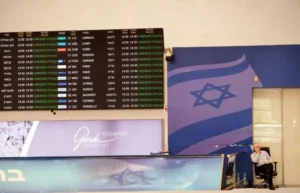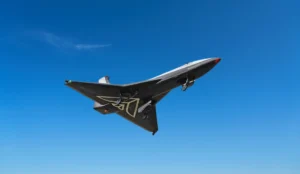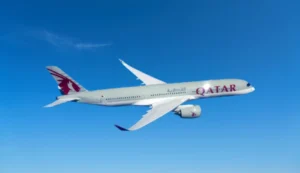Boom Supersonic Edges Closer to Mach 1 with Second Successful XB-1 Test
Boom Supersonic advances toward breaking the sound barrier with a successful second test flight of its XB-1 demonstrator, resolving stability issues and testing new technologies.
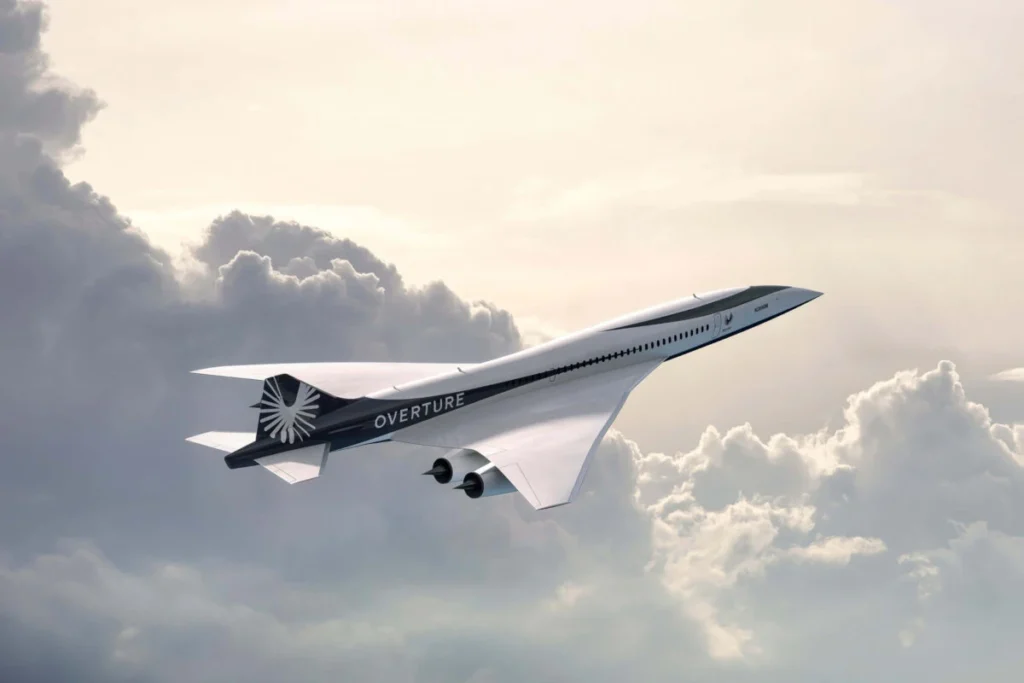
Photo Source: AeroTime
Boom Supersonic recently completed the second test flight of its XB-1 demonstrator, marking a significant milestone toward the goal of reintroducing supersonic passenger travel. During the 15-minute flight in the Mojave Desert, the XB-1 successfully retracted and extended its landing gear for the first time, and a newly installed roll damper was tested to improve the aircraft’s handling. This flight, which reached an altitude of 10,400 feet and a speed of 232 knots, also allowed engineers to visually assess the airflow over the aircraft’s wings, further refining its aerodynamics.
Boom’s CEO, Blake Scholl, expressed satisfaction with the flight, highlighting that the stability issues observed during the first test flight have been resolved. Pilot Tristan “Gepetto” Bradenburg, who flew the XB-1 for the first time during this test, is set to continue piloting the demonstrator in future flights. The company plans to conduct additional tests to expand the aircraft’s flight envelope, with the ultimate goal of breaking the sound barrier within ten flights.
As Boom moves closer to achieving supersonic speeds, it continues to navigate regulatory challenges, including securing special authorization from the FAA for Mach 1 testing in certain airspaces. The XB-1, also known as the “Baby Boom,” serves as a one-third scale prototype of the Overture airliner, which Boom aims to have in service by 2030. The Overture is expected to carry up to 80 passengers at speeds of Mach 1.7, potentially reviving commercial supersonic travel that has been dormant since the retirement of the Concorde.
While the path to supersonic travel is fraught with challenges, Boom remains optimistic about its future, aiming to succeed where others have failed. The company is determined to bring supersonic travel back to the skies, offering a glimpse of a faster future in air travel.

